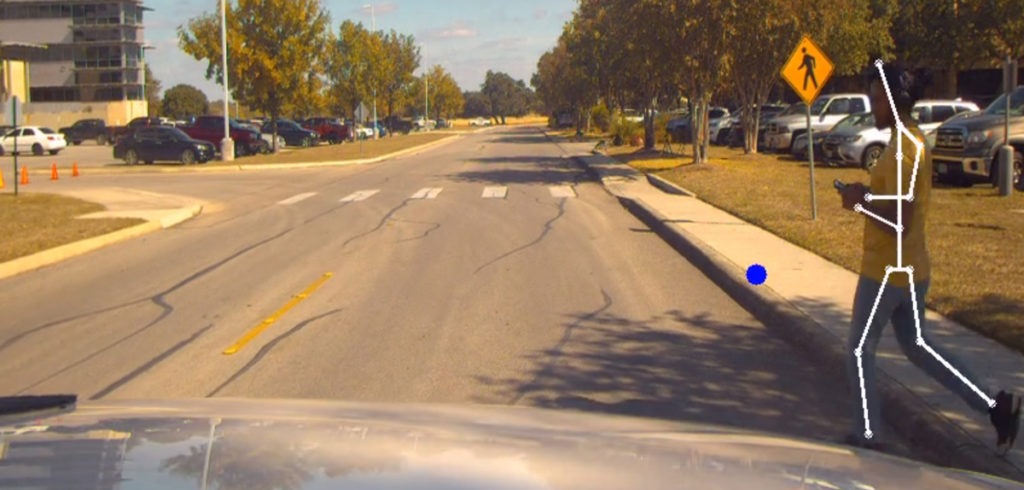Southwest Research Institute (SwRI) has developed a motion prediction system to improve pedestrian detection for autonomous vehicles.
The computer vision tool uses a deep learning algorithm to predict motion by observing real-time biomechanical movements focusing on the pelvic area.
Previous technologies could track and predict movements in a straight line but were unable to anticipate sudden changes.
Motion prediction often uses optical flow algorithms to predict direction and speed based on lateral motion.
Optical flow pairs algorithms with cameras to track dynamic objects but accuracy is reduced when people move in unexpected directions.
SwRI compared optical flow to other deep learning methods, optimizing temporal convolutional networks (TCN) that outperformed competing algorithms, predicting sudden changes in motion within milliseconds.
Samuel Slocum, a senior research analyst at SwRI who led the project, said, “For instance, if a pedestrian is walking west, the system can predict if that person will suddenly turn south. As the push for automated vehicles accelerates, this research offers several important safety features to help protect pedestrians.”
The temporal design uses a convolutional neural network to process video data, with SwRI optimizing dilation in network layers to learn and predict trends at a higher level.
Dr Douglas Brooks, a manager in SwRI’s Applied Sensing Department, said, “If we see a pedestrian, we might prepare to slow down or change lanes in anticipation of someone crossing the street. We take it for granted, but it’s incredibly complex for a computer to process this scene and predict scenarios.”


